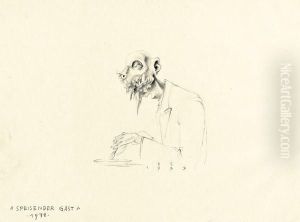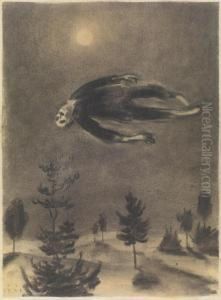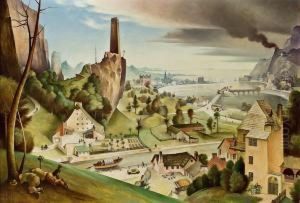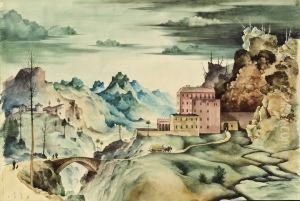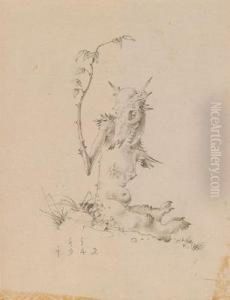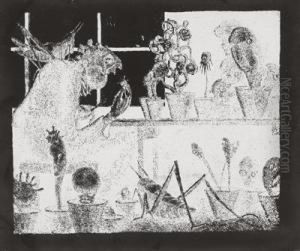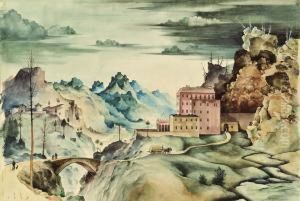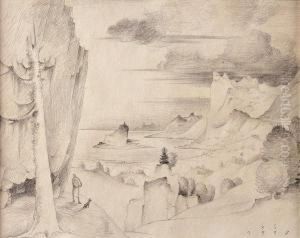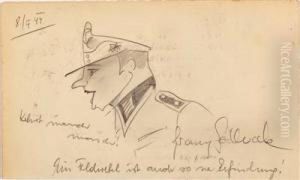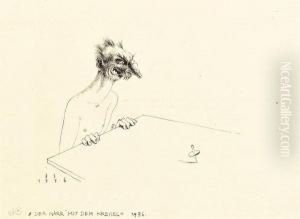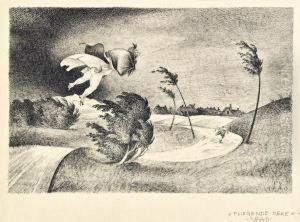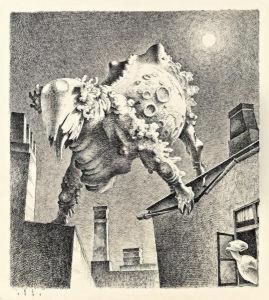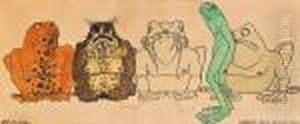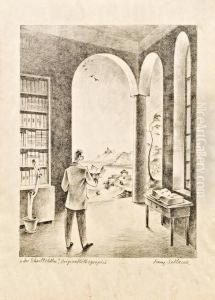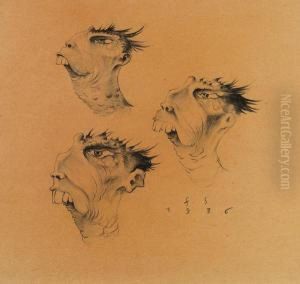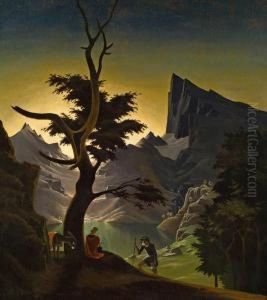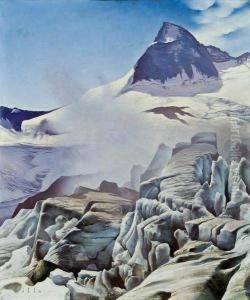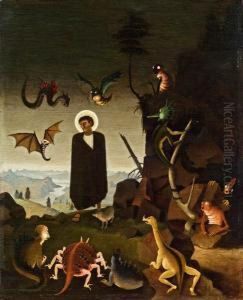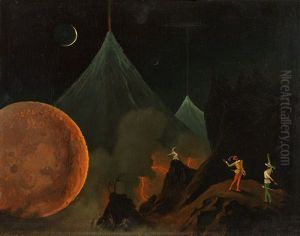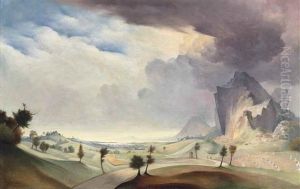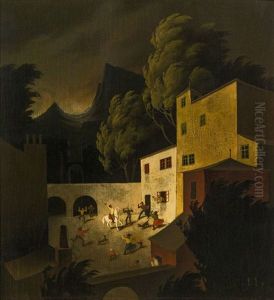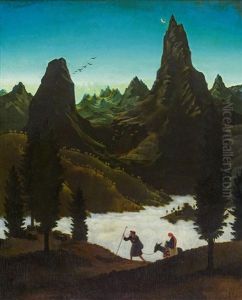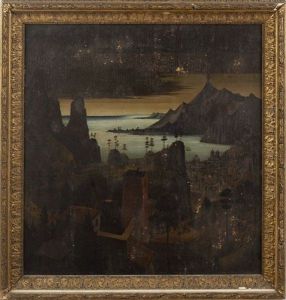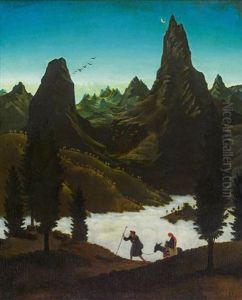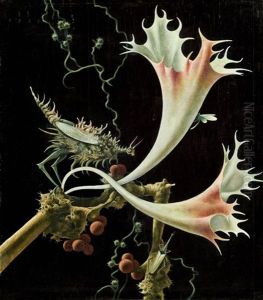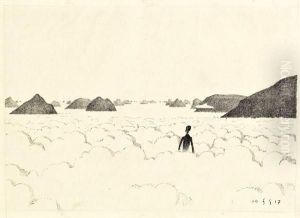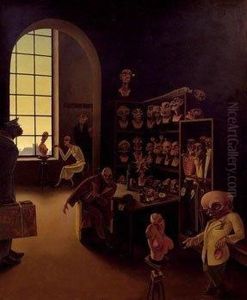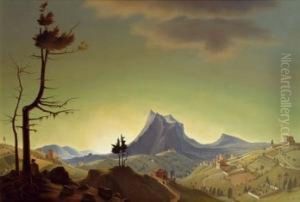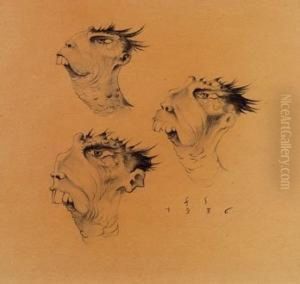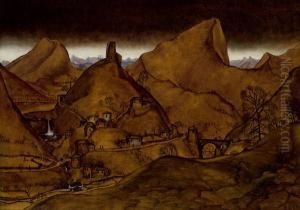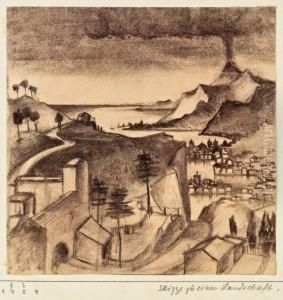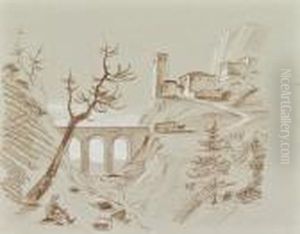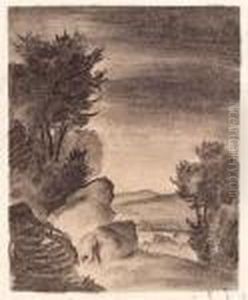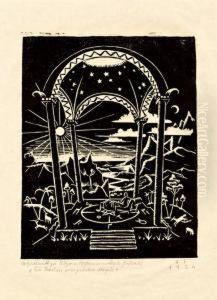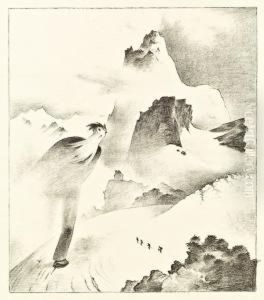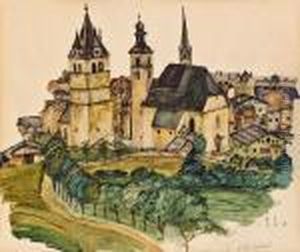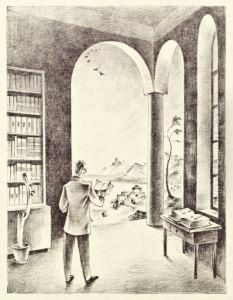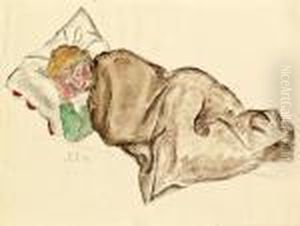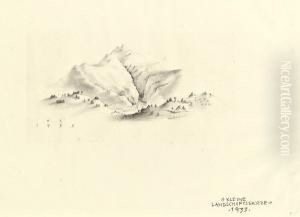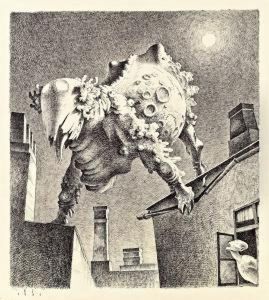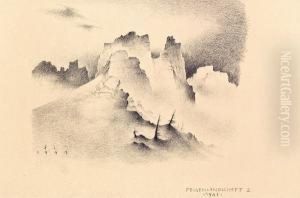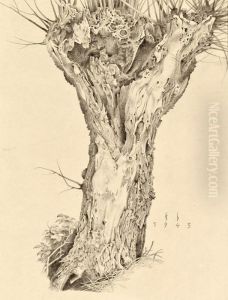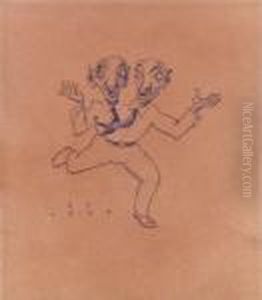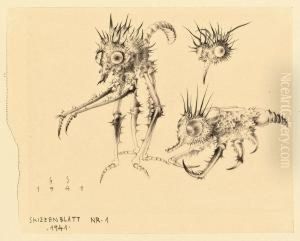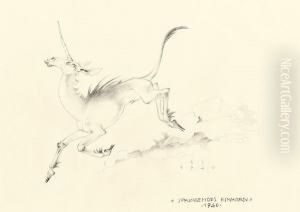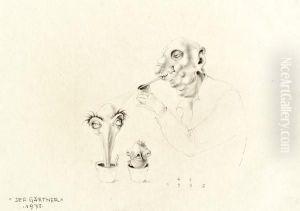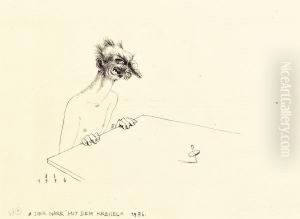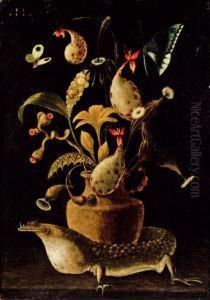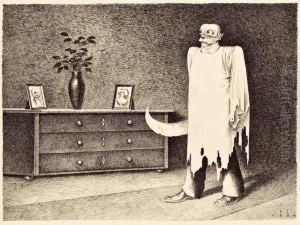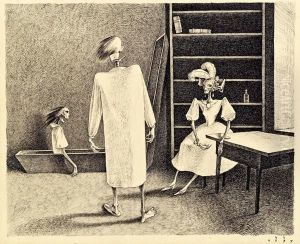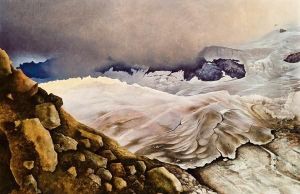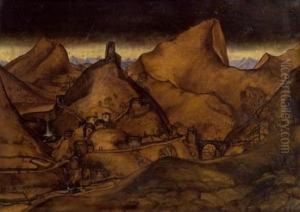Franz Sedlacek Paintings
Franz Sedlacek was an Austrian painter known for his unique style that blended elements of Magic Realism and Surrealism. Born on January 21, 1891, in Breslau, which was then part of the Austro-Hungarian Empire and is now Wrocław, Poland, Sedlacek grew up in Linz, Austria. He studied chemistry at the Technical University of Vienna and served in World War I. Despite his scientific education, Sedlacek was profoundly interested in art and became actively involved in the Viennese art scene.
Sedlacek's artistic career began to flourish in the 1920s. He joined the Vienna Secession in 1927, a group that was crucial for the development of modern art in Austria. His work during this period was characterized by a precise, finely detailed painting technique and often depicted eerie, dream-like landscapes and fantastical subjects that evoke a sense of mystery and unease.
During the 1930s, Sedlacek's work gained recognition and he participated in numerous exhibitions, including the Venice Biennale in 1934. His paintings from this period continued to explore the dream-like and the absurd, with a particular focus on themes of technology and industry, often juxtaposing the mechanical with the organic in a way that highlighted the alienation of the individual in the modern world.
With the rise of the Nazis and the start of World War II, Sedlacek's life and career were disrupted. He was drafted into the Wehrmacht and served on the Eastern Front. The details of his life during the war are sparse, and his ultimate fate remains a mystery. He was last known to be in Brno in January 1945, after which there are no further records of him. It is presumed that he died during the final months of the war.
Franz Sedlacek's work was largely forgotten in the post-war years, but has seen a resurgence in interest since the late 20th century. His paintings are now recognized for their technical skill and unique contribution to the interwar European art scene. They are held in public and private collections and continue to be exhibited, allowing a new generation of art enthusiasts to discover his enigmatic and captivating body of work.
